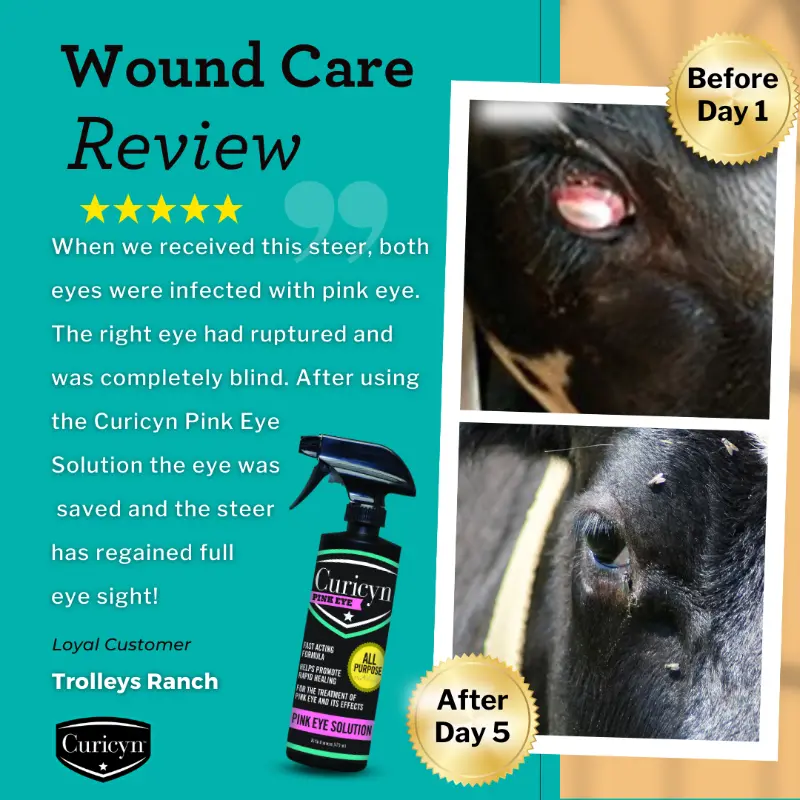Getting Ready for Spring on the Farm
Days are getting longer, temperatures are getting warmer, and you know what that means…mud, mud, and more mud! But there’s more to do to get ready for spring on the farm than just worry about the weather. Warmer temperatures mean thawing, often uneven ground, downed trees and fencing, and sagging fence lines. That can lead to mud and moisture-related skin issues and cuts and abrasions from gravel and debris. In addition, bugs are emerging, bacteria thrive in many parts of the country with wet spring weather, and everything from pink eye to sweet itch can be an issue for the animals on your farm. So, what can you do to prepare for spring to keep your animals happy and healthy? We’re here to help with ideas!
Check Your Fencing
As the first big spring thaw comes, a top priority should always be to check your fenceline around the entire perimeter and then check any internal or shared lines between fields. Wood posts or boards that have fallen, rotted, or cracked over the winter can lead to injuries from curious young or restless adult livestock. Wire fencing – electric and high-tensile – can stretch and sag due to the weight of ice, snow, and wind throughout the colder months and may need to be tightened or repaired. Sagging fencing can easily be a risk for animals to become tangled, causing cuts and abrasions or even more severe injuries. And, of course, while inspecting fencing, checking the fields for any significant divots, rodent holes, downed trees, or obstacles can also keep your animals free to roam with a reduced risk of injury.
If you’re in need of fencing supplies, most local farm stores have what you need for basic repairs on hand. For larger orders, we recommend checking major suppliers such as Tractor Supply Co. or NRS World, where you have the option to ship directly to you or shop at your local store. Always check all of your fencing before you place your order. We also recommend ordering extra essential items such as rails, electric fence tape, fence connectors, nails, and similar things. This helps if you find any other areas of fencing that need to be repaired while you are out in the fields; you don’t need to stop what you are doing to run out to get more supplies. Anything extra you have after you’re done repairing fencing can be safely stored in your barn or shed with your other fencing supplies and tools for a quick fix at any point throughout the year.

Baby animals such as goats or lambs are excellent at testing fencing. Make sure yours is safe and secure as you get ready for spring on the farm!
A Little Prevention
They say an ounce of prevention is worth a pound of cure, which also holds true for farm life! Once you’ve checked your fencing, next on the list is usually rounding up the animals for spring health checks and vaccines. Depending on the size of your farm and the number and types of animals you have, you may be doing at least some of the health checks and vaccines yourself. If that’s the case, ensure you have an accurate headcount, and order the correct quantity and type of vaccines you need to keep your farm animals and livestock safe and protected.
When you gather the animals for spring checkups, check their legs, under their bellies, around their tails, and both eyes and ears for any irritations or issues. One commonly overlooked place on farm animals is under their jowls – it’s warmer under there, and often goats, cows, and horses can pick up brambles, get minor cuts and abrasions, and even ticks and other parasites may try to hide in the longer fur under the chin area.
For ear and eye irritations, Curicyn’s Ear Cleaning Solution, Eye Care Solution, and Pink Eye Solution address issues at the root while also providing immediate relief. The Pink Eye Solution Kit is great to have on hand, as pink eye is highly contagious and spreads fast! The kit contains the pink eye solution, five biodegradable eye patches, and a strong eye patch adhesive that makes treating multiple animals a breeze! If you like to order all your supplies in one place, PBS Animal Health and Jeffers Pet carry Curicyn’s eye care products and a full line of vaccinations for your animals. You can order everything together online and dedicate one day or weekend to getting everyone on the farm current on their spring health check!

Trolleys Ranch shared this image of their steer, whose eye ruptured from a pink eye infection. Thanks to Curicyn’s pink eye solution, their vision was healed and restored!
Once you’ve had a chance to check that fencing and get through spring health checks, it’s right into the mud and bug season. Check back soon for tips on how to prepare for a safe and healthy mud season and how to keep bugs at bay. And while you’re out from this spring, tag us on social at @Curicyn so we can see and share in your spring prep, too!
